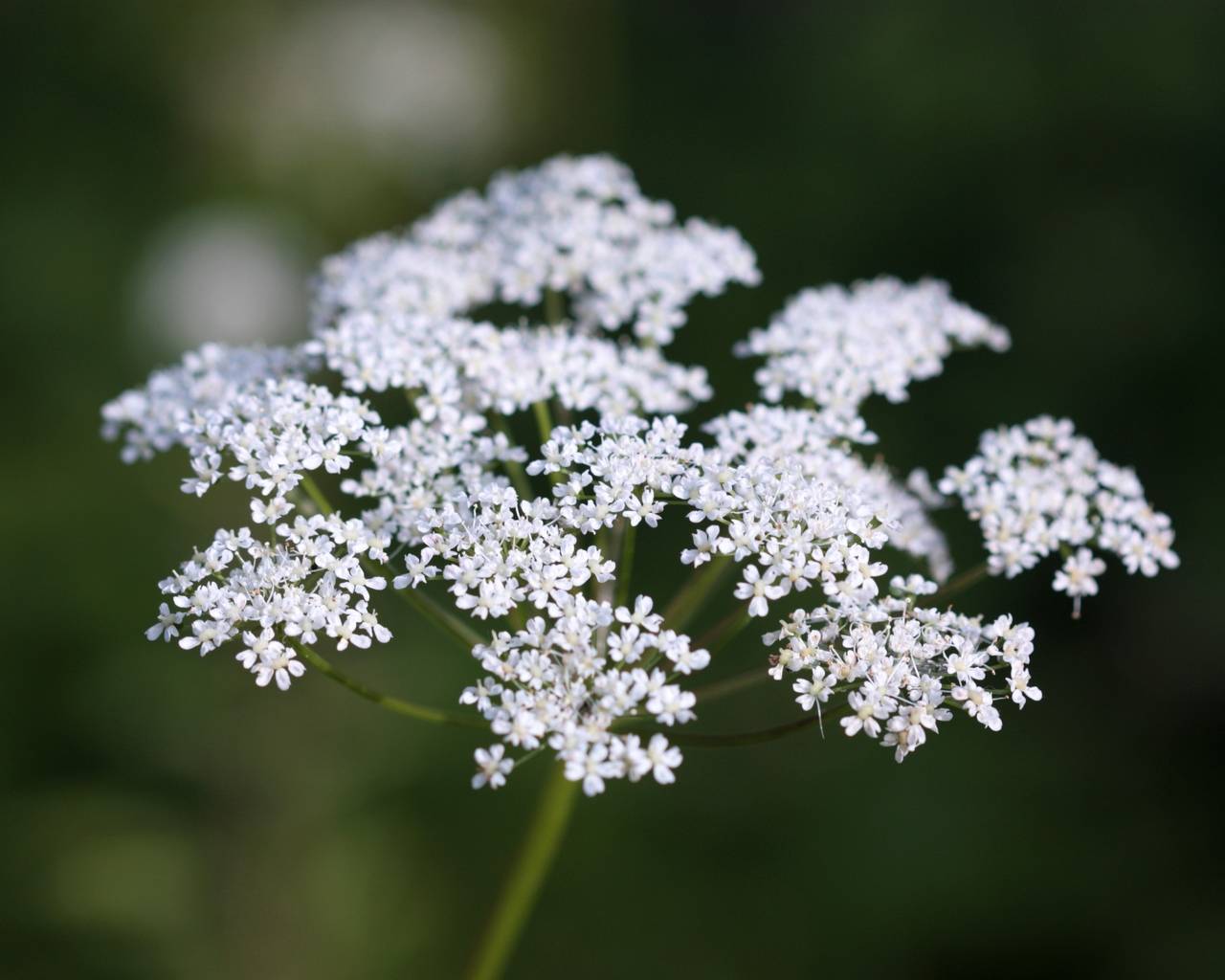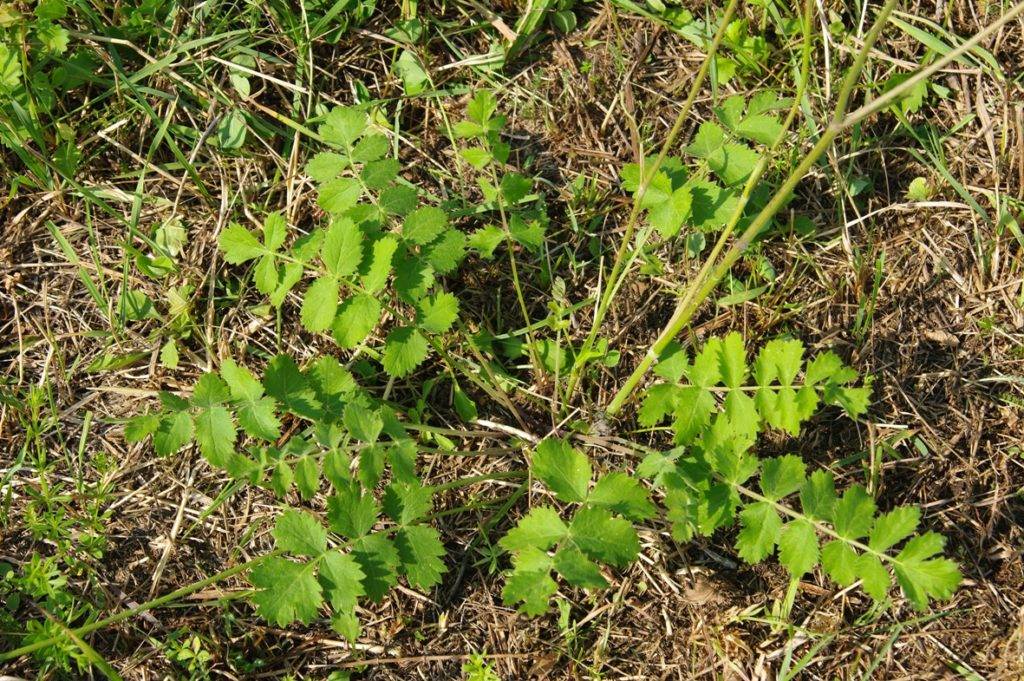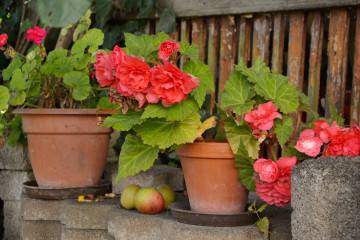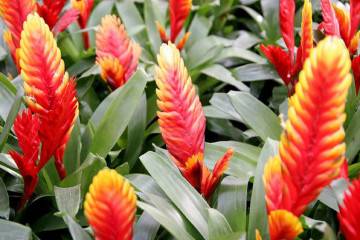Saxifrage thigh - growing and caring for the home
Content:
During a summer walk, somewhere in late July, in the thickets of grass, you can see small umbrellas with small white flowers. Perhaps this is the saxifrage, an amazing plant in its properties. What it is like will be described below.
Description of the flower
Saxifraga thighs (Pimpinella Saxifraga l, or saxifraga thighs) is a perennial fragrant herb of the Umbrella family with a fusiform root, a branched stem covered with remnants of dead leaves, with hollow stems 15-80 cm high, collected in a fibrous rosette at the base. The lower leaves are long, feathery, with large cuttings. Above, the stems are almost naked, covered with short leaves and umbrellas 5-8 cm each, on the rays of which there are small five-leafed flowers with white or pink petals.
Blooms in June-August. Propagated by dicotyledonous seeds. The seeds ripen in late summer. Overwinters with green leaves. Frost and drought resistant.
You can distinguish a saxifrage thigh by the following features:
- by the root rosette, the shape and size of the upper and lower leaves;
- by the shape of the seeds (fruits);
- in height (relative to the other Umbrella femur, saxifragous, low);
- blooms longer than others (until September);
- by the spicy smell of seeds and roots.
The femur-saxifrage is a type species of the genus femur, which includes 106 species. The closest "relative" of the saxifrage thigh is considered to be anise (or, according to scientific terminology, anise thigh).
This is a fairly common plant in Central Russia. It can also be found on the Crimean coast, in Siberia, in the Far East, in South-West Asia, Kazakhstan. In European countries, for example, in Germany, it is bred as a spice plant.
A man learned about the healing properties of saxifrage thighs in antiquity. In ancient Greece and Egypt, it was used in medicine. In the countries of Western Europe in the Middle Ages, it was used in the treatment of plague and cholera. Descriptions of medicinal recipes based on it are contained in many pharmacopoeias of antiquity. They were treated with typhoid and diphtheria. In Russian villages, they got rid of a strong cough with the help of this healing herb.
Beneficial features
The saxifrage thigh has a unique chemical composition. Essential oils (0.02-0.7%), tannins (which is why this plant has a tart taste), aromatic compounds, acids (acetic and benzoic), the substance pimpinellin, bitter and insoluble in water, resin, sugar , terpenoids (a group of valuable organic compounds used in the fight against cancer).
Leaves during flowering contain carotene (provitamin A, its use is necessary to combat oxidants), ascorbic acid (regulates oxidative and reduction reactions in the body). The aerial part consists of 11% protein, 32% fiber, 2.6% fat, potassium and calcium.
The fruits (seeds) contain essential and fatty oils, coumarins (have a beneficial effect on the blood composition), phenols and flavonoids (have a positive effect on the circulatory system).
Application
The use of the saxifrage is extensive:
- in medicine (folk, official, in homeopathy);
- in cooking;
- in cosmetology;
- in animal husbandry.
It has expectorant, astringent, disinfecting, antipyretic, anti-inflammatory properties.
Phytotherapists recommend the use of pharmacy fees in the following cases:
- with diseases of the bladder and kidneys, including urolithiasis and cholelithiasis (there is a version that the thigh was called saxifrage due to its ability to break kidney stones);
- in the treatment of prostatitis and prostate adenoma;
- in the treatment of colds, tonsillitis, bronchitis, scarlet fever, laryngitis is used as an external expectorant for gargling (decoctions from the root relieve spasm of smooth muscles, prevent asthma attacks);
- with intestinal catarrh;
- with constipation (in the form of alcohol tincture);
- in gynecology, in the treatment of chlamydia and trichomoniasis, tinctures from the root are used;
- in oncology as an antitumor agent.
Besides:
- the saxifrage thigh has a sedative effect, therefore, when taking infusions and decoctions from it, you should refrain from driving;
- there are contraindications: pregnancy, breastfeeding, individual intolerance.
Saxifrage thigh is used in cooking as a seasoning. Due to its pungent aroma and slightly bitter taste, it is used as an analogue of cumin and anise. Fresh roots can be added to salads and soups, dried - to fish dishes, to sauces for meat. Ground root spices are included in the composition of cheese, sausages. In home cooking, fresh leaves are used in salads, as well as umbrellas for canning. The seeds are used in baked goods.
Growing on a personal plot
The saxifrage is a wild plant and is not intended to be grown in the garden. However, due to its long flowering and unpretentiousness, it will look good in any corner of the garden: by the fence, between the bushes, on the sunny or shaded side.
Seed propagation
The saxifrage thigh does not belong to cultivated plants, therefore it is very problematic to buy its seeds suitable for cultivation. You will have to collect them yourself.
When assembling and procurement, the following rules should be followed:
- collect in late August - early September;
- cut off umbrellas with formed and yellowed seeds;
- hanging them above the surface in a well-ventilated room, leave until the ripe seeds fall off;
- collect, dry and store seeds in a clean, dry container in a cool place.
Seeds can be sown without preliminary preparation in the garden in late autumn or early spring, and if there are doubts about the choice of a place, you can pre-grow seedlings at home. To do this, it is necessary to place seeds in shallow containers (in a mixture of soil with sand and leaf humus), cover them with earth, and water if necessary. Germination period is 2-3 weeks. In May, seedlings are planted in open ground.
By dividing the roots
In spring or winter, you need to remove the root from the ground and divide it into several parts so that there are at least 5-6 shoots on each separate part. Then place each part in a separate hole no more than 10 cm deep and feed with organic fertilizers.
- temperature. Frost resistant. You do not need to shelter for the winter;
- illumination. Unpretentious. Grows in all conditions, but likes lit or slightly shaded places;
- watering. Drought-resistant. But in a particularly dry summer, you can water additionally. Spraying is not required. High humidity, like all plants, does not tolerate, since it can provoke rotting of the root socket;
- priming. Hard enough. Grows everywhere. That is why it is called the saxifrage. However, it prefers a soil with deciduous humus. It is recommended to feed organics;
- bloom. June August. The flowers are small, five-leafed. The petal colors are white or pale pink.
The saxifrage thigh is a picky wild perennial plant, fully adapted to the Russian climate. It does not require special care, it can survive in the most adverse conditions, and its medicinal properties are truly unique.
If you plant this plant on the site, it will delight you during the summer with long flowering, a pleasant subtle aroma. Its green leaves will be loved for its unique taste in salads. And in winter, its crushed and dried roots will become a faithful assistant in the fight against colds.






















